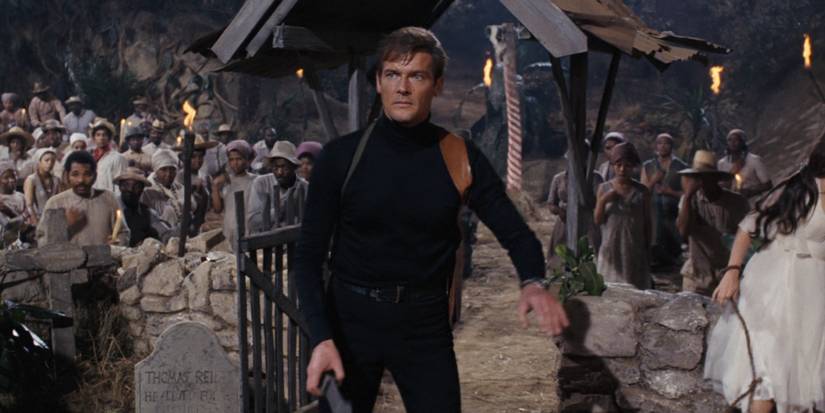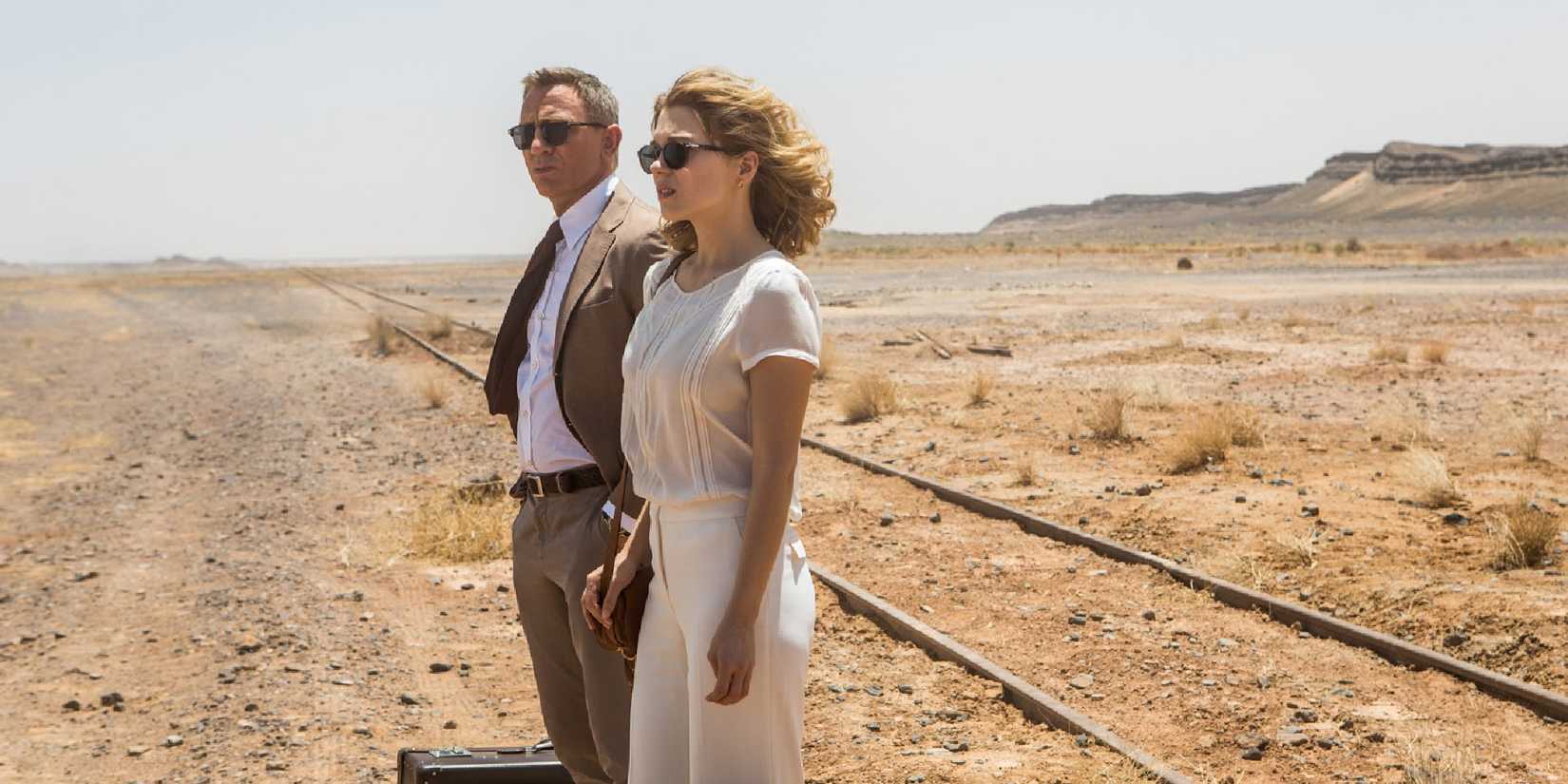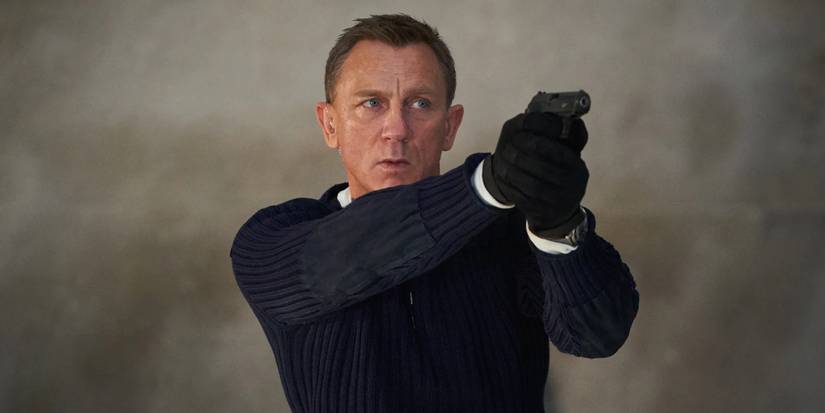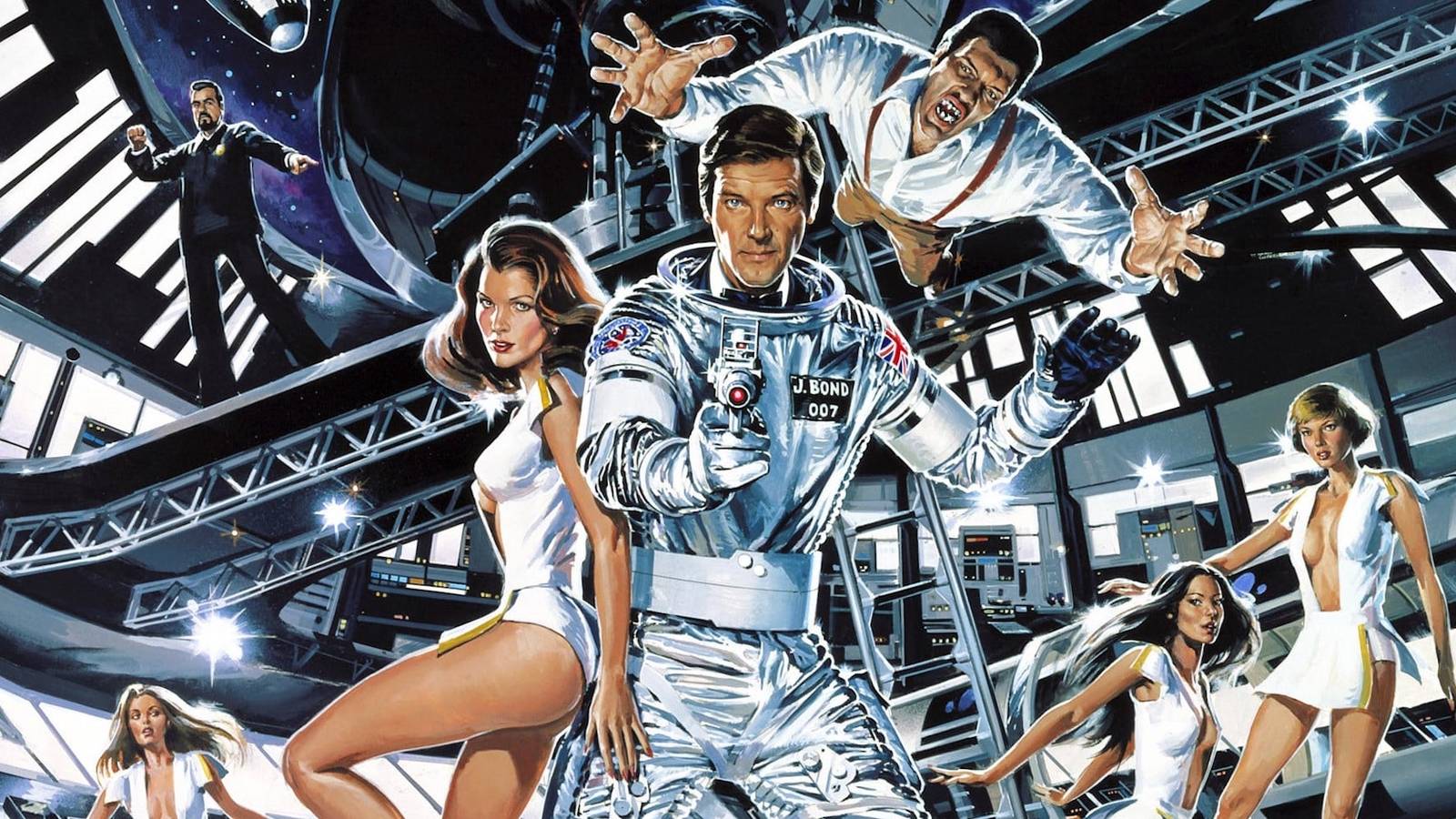James Bond has been an icon of cinema for over six decades, and has successfully reintroduced himself to audiences of multiple generations. The Bond franchise is quite subjective based on the opinion of fans who grew up with different actors playing the lead role. Although some older viewers may scoff at the grittiness of the Daniel Craig era, there’s a generation of moviegoers that only know the rougher, more intense version of 007. Likewise, the silliness of the Roger Moore films may have been part of the charm for fans who saw them in the 1970s and ‘80s, and truly believed that he was the coolest man on the planet.
There are a few films that most Bond fans would agree on, as no one would argue that Casino Royale and Goldeneye aren’t masterpieces, and there’s not that many people who would defend Die Another Day or the ill-fated, non-EON version of Casino Royale from 1967. Otherwise, many of the films have lined up both adamant defenders and notable detractors. Here are seven of the most divisive James Bond films.
7
‘On Her Majesty’s Secret Service’ (1969)

James Bond, played by George Lazenby, looks ahead in On Her Majesty’s Secret Service.Image via United Artists
On Her Majesty’s Secret Service was the first theatrical EON film that didn’t have Sean Connery playing Bond, as it was the Australian actor George Lazenby who stepped up to play the role. The casting of the lead character wasn’t the only different thing about On Her Majesty’s Secret Service; it was a somber, more realistic film that featured trippy ‘60s visuals, a death-defying ski chase throughout the Swiss Alps, and Bond’s romance with his ill-fated wife Tracy, played by Diana Rigg in a remarkable performance.
On Her Majesty’s Secret Service is one of the few Bond films that can be heralded as a true masterpiece of cinema, regardless of its associated with the rest of the franchise, and has unsurprisingly been cited as a favorite by Christopher Nolan and Steven Soderbergh. That being said, those who never liked Lazenby in the role may have had a harder time admitting to its genius.
6
‘Live and Let Die’ (1973)

In a black shirt and pants, James Bond (Sir Roger Moore) walks through the entry of a cemetery before a crowd of kneeling people in ‘Live and Let Die’ (1973).Image via United Artists
Live and Let Die launched a new era of Bond with Moore in charge, and it was immediately clear that he wasn’t going to be derivative of what Connery had already done. Instead of going back to Bond’s roots by squaring him off against SPECTRE or other Russian villains, Live and Let Die took the character to New Orleans where he ran into the sinister Mr. Big (Yaphet Kotto), a villain who used the power of Voo Doo.
No one would say a bad word about the iconic theme song for Live and Let Die, which may be the single most iconic single of Paul McCartney’s career in the aftermath of both The Beatles and Wings. However, the use of blacksploitation influences on Live and Let Die has proven to be a bit more divisive; while some see it as a loving tribute, others perceive it to be offensive. However, Jane Seymour not only made for a great foil to Moore, but one of the single greatest actresses ever to be cast as a Bond girl.
5
‘Moonraker’ (1979)

Jaws, played by Richard Kiel, holds James Bond, played by Sir Roger Moore, in Moonraker.Image via United Artists
Moonraker may be the strangest adaptation of any of Ian Fleming’s novels because the original book is a fairly grounded, serious look at the ramifications of the Cold War on international security. However, Moonraker was quickly produced in the aftermath of Star Wars in order to cash in on the science fiction craze, which meant that Bond had to go to space.
Moonraker is unquestionably silly and generally self-aware, but Bond fans are fairly split on whether it’s a good-natured work of self-parody or a cynical work of laziness that betrays the core themes of the franchise. It would be hard to make any complaints about Richard Kiel, who got to reprise his role as the villain Jaws from The Spy Who Loved Me and turn him into a hero who ends up coming to Bond’s aid during his galactic adventure. When compared to the other science fiction films released in the wake of Star Wars in the late 1970s, Moonraker is not nearly as great as Superman: The Movie, but it’s infinitely less boring than The Black Hole.
4
‘Licence to Kill’ (1989)

Benicio del Toro standing behind Timothy Dalton and smirking in Licence to KillImage via MGM
Licence to Kill was the darkest entry in the Bond series at the time of its release, as the franchise finally seemed to be embracing the brutality of the original novels. Timothy Dalton had made an impressive debut in The Living Daylights, which certainly helped to do away with a lot of the camp that had made its way into the series with Octopussy and A View to a Kill. However, License to Kill was a straight-up revenge film that had Bond striking out on his own without the approval of MI6.
Licence to Kill is sometimes referred to as “the Canon Bond” film because its graphic, sadistic style of action had a lot in common with the cheaply produced action thrillers that starred Charles Bronson or Chuck Norris. It’s certainly an effective work of exploitation, but the nasty streak may have disturbed fans that had fallen in love with the goofier version of Bond. It’s ultimately hard to judge the film because it was never intended to be Dalton’s final film in the series; even those that were more mixed on both Licence to Kill and The Living Daylights would agree that he deserved the chance to get the type of proper sendoff that every other Bond had received.
3
‘The World Is Not Enough’ (1999)

James Bond (Pierce Brosnan) stands in a light suit, aiming a pistol as he stands in the bedroom of a coastal villa.Image via MGM Distribution Co.
The World Is Not Enough is the one Bond film starring Pierce Brosnan that no one can really agree about. GoldenEye was seen as a massive return to form for the franchise that revitalized its standing amongst ‘90s action cinema, and Tomorrow Never Dies was generally considered to be a modest, if slightly underwhelming follow-up. Critics had turned on the series by the time that Bond skied into North Korea in Die Another Day, but the reaction to The World Is Not Enough was all over the place.
The World Is Not Enough had an interesting pair of villains played by Sophie Marceau and Robert Carlyle, and did give Judi Dench more to do with her performance as Bond’s boss, M. However, Denise Richards’ performance as the unfortunately-named Dr. Christmas Jones was bad enough to ruin the film’s good name. Bond films have always been fairly tongue-in-cheek about the character’s illustrious love life, but the cringe-inducing final pun in The World Is Not Enough might be counted as legitimate sexism.
2
‘Spectre’ (2015)

Daniel Craig (James Bond) and Lea Seydoux (Madeleine Swann) in standing on train tracks in ‘Spectre’.Image via Sony Pictures Releasing
Spectre was an interesting follow-up to the massive phenomenon that was Skyfall, as it tried to merge the grittier sensibilities of the previous Craig films with a bit more silliness. Any film directed by the great Sam Mendes is going to look fantastic, but fans were more mixed on the decision to bring in Christoph Waltz as a rebooted version of Blofeld. Waltz has played enough villains that he expectedly nailed it, but the marketing campaign’s attempts to hide the twist did grow irritating, especially following a similar kerfuffle regarding Benedict Cumberbatch’s appearance as Khan in Star Trek Into Darkness.
Spectre is a lot better than most fans give it credit for thanks to some truly inventive action filmmaking, a good deal of legitimate suspense in exposing the SPECTRE conspiracy, and a pro-Snowden narrative that examined the ramifications of surveillance. Ironically, the most toxic aspect of the film is the god-awful theme song “Writings on the Wall” by Sam Smith, which somehow took home the Oscar for Best Original Song in one of the Academy Awards’ biggest contemporary blunders.
1
‘No Time to Die’ (2021)

Image via United Artists Releasing
No Time to Die was bound to make everyone upset because of its truncated production process, as Danny Boyle wrote a radically different version of the film that was scrapped. Having to wait over eighteen months after the film was pushed back several times due to COVID-19 didn’t help, especially after sexist trolls took note of Lashana Lynch’s role as “the new 007” and the notion that Bond would be committed to Madeleine Swann (Léa Seydoux) instead of being a womanizer. As was the case with divisive franchise films like Star Wars: The Last Jedi or 2025’s Superman, it became increasingly difficult to determine the difference between legitimate grievances and bad-faith trolling.
No Time to Die serves as a conclusion to the Craig era in the vein of Avengers: Endgame, as it brings in returning characters like Q (Ben Whishaw), Felix Leiter (Jeffrey Wright), Mallory (Ralph Fiennes), and Tanner (Rory Kinnear) for a heartfelt sendoff. The action, particularly Ana de Armas’ standout club scene and a thrilling forest chase, are some of the best that the Bond series has ever seen. Its definitive ending is ultimately going to be a choice that either wowed or irritated fans; some saw it as an earnest way to reflect the theme that “nobody does it better,” whereas some were just exhausted and wanted to see a new actor take over the role.

